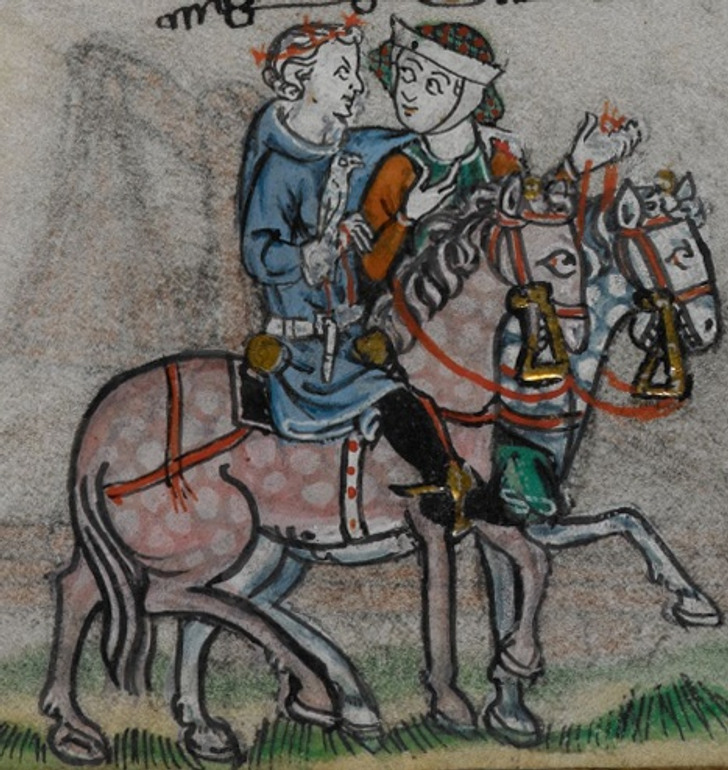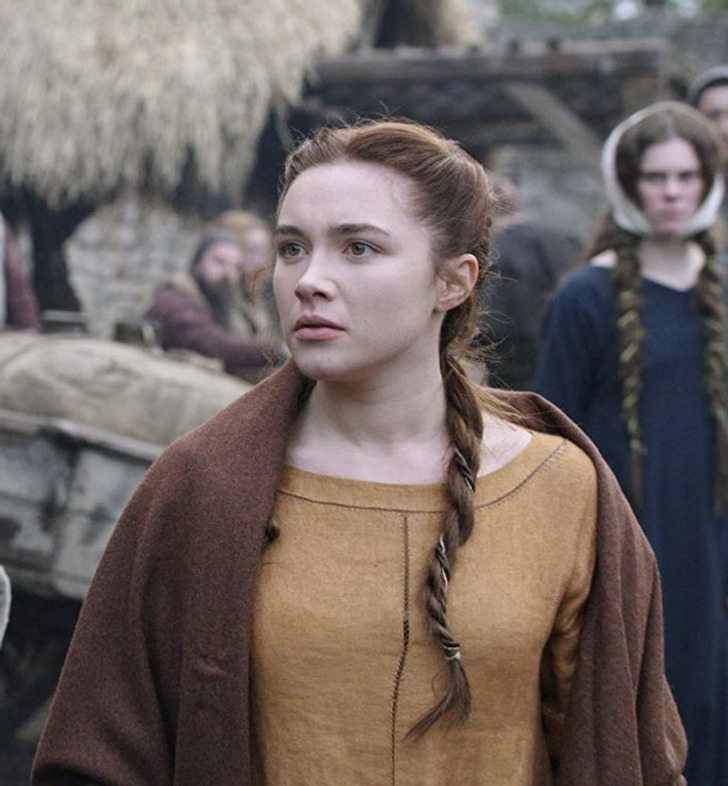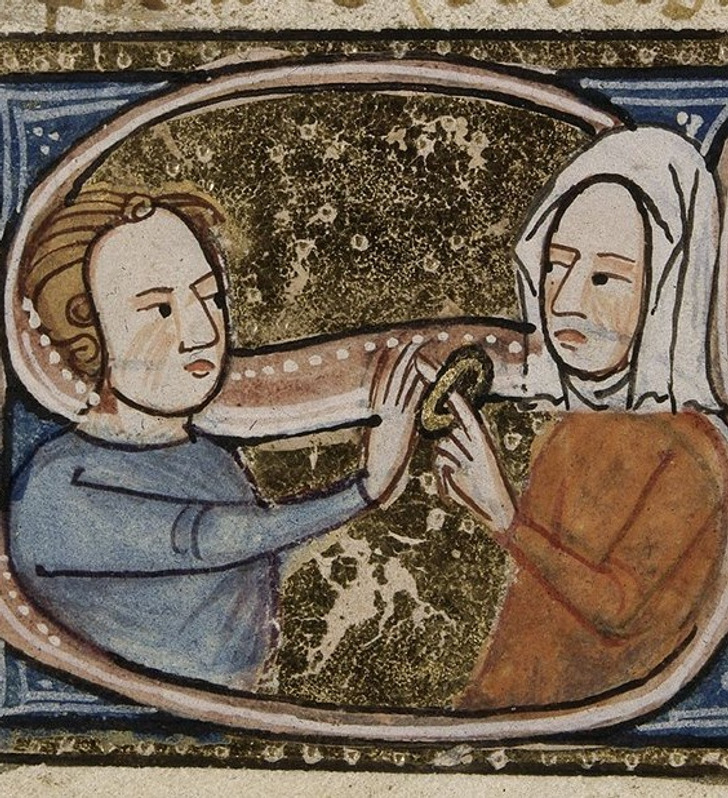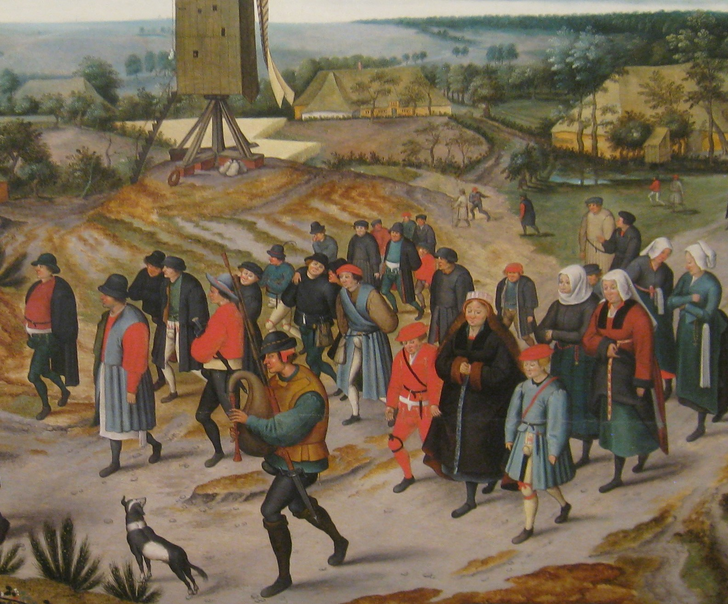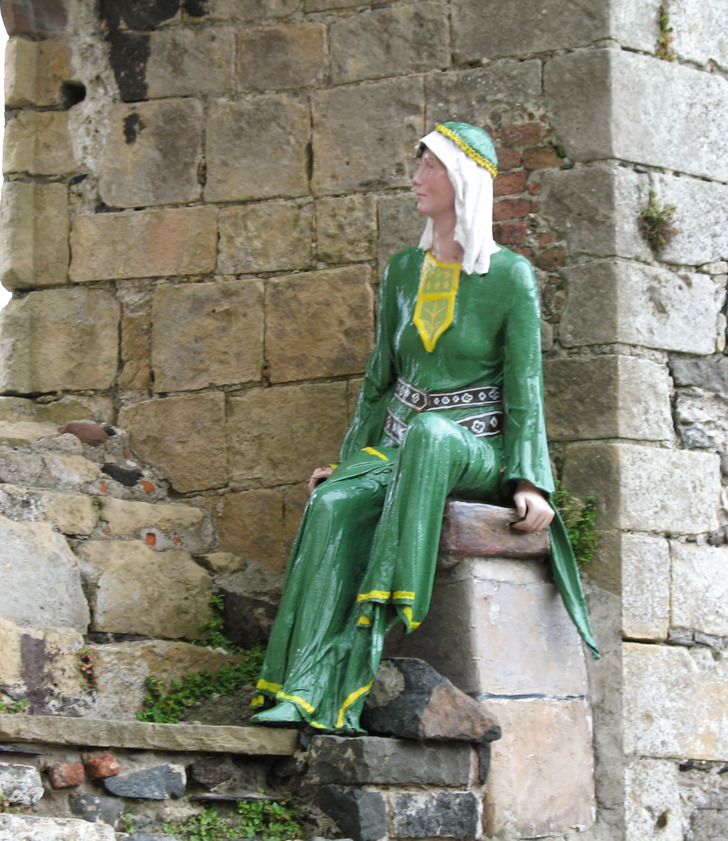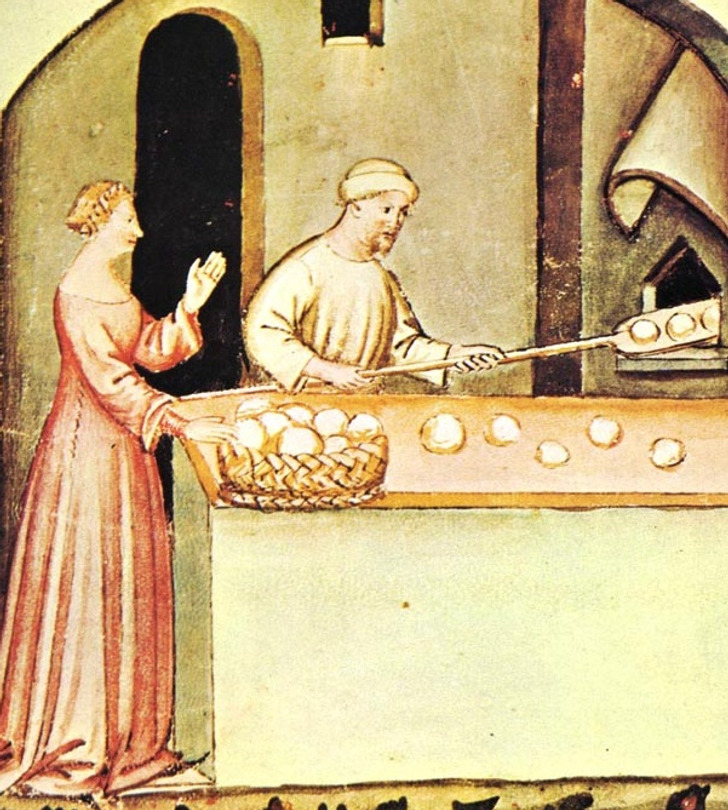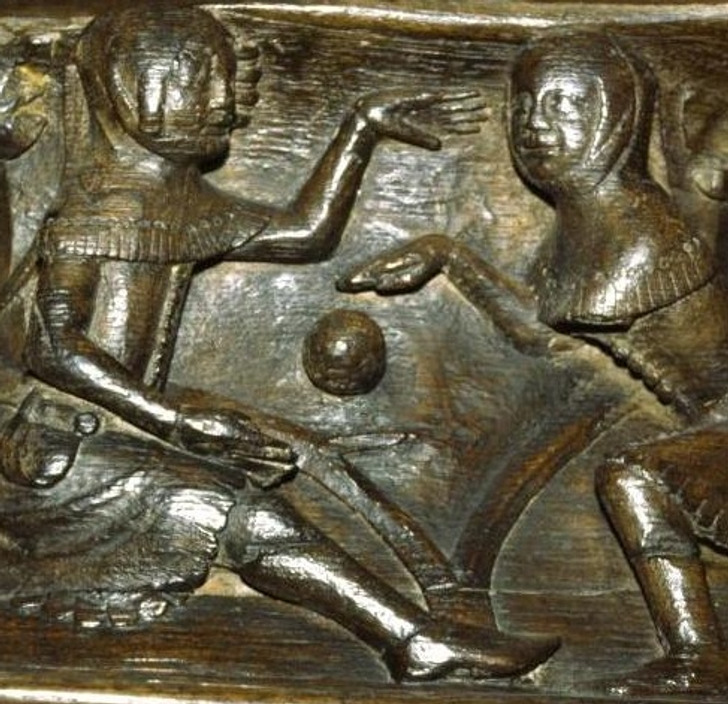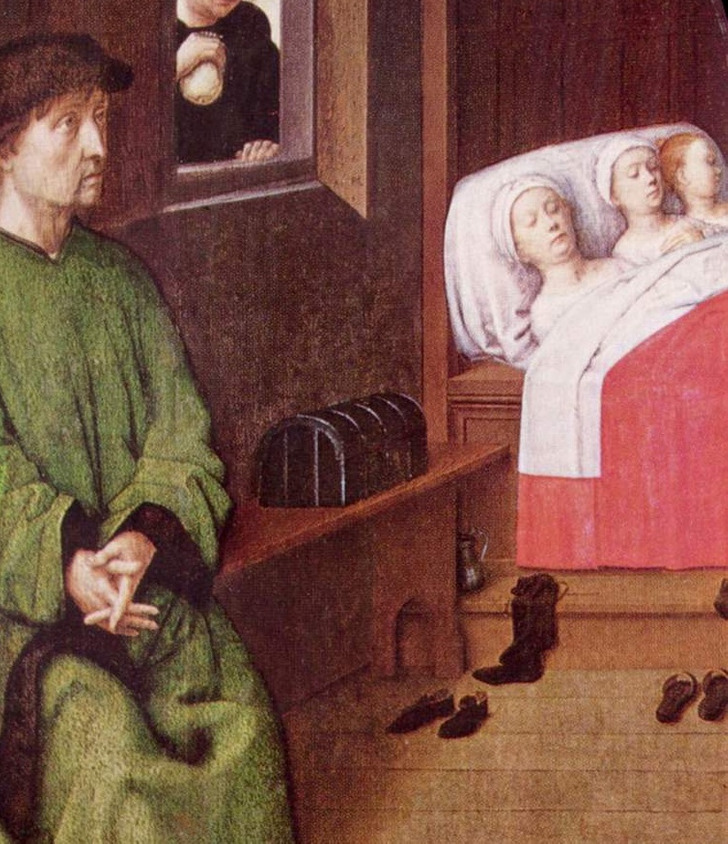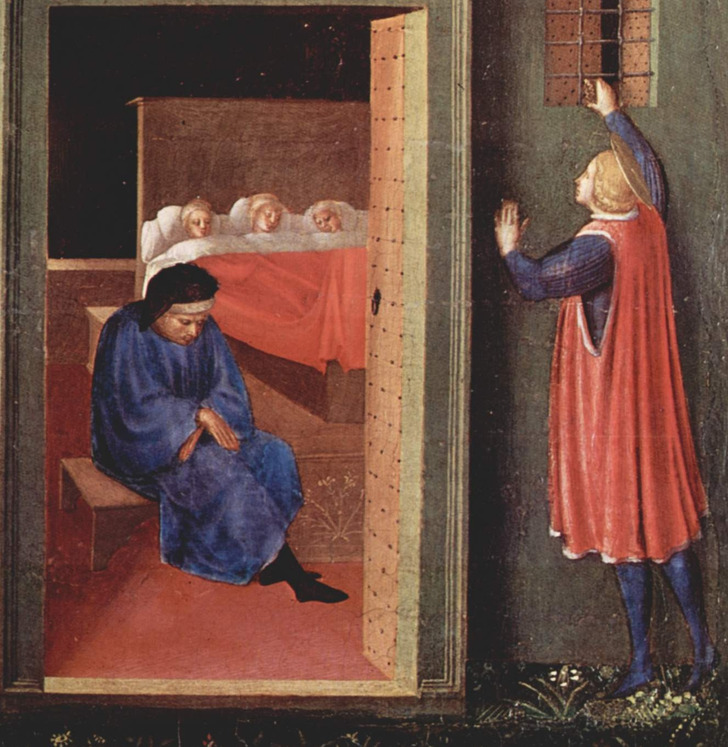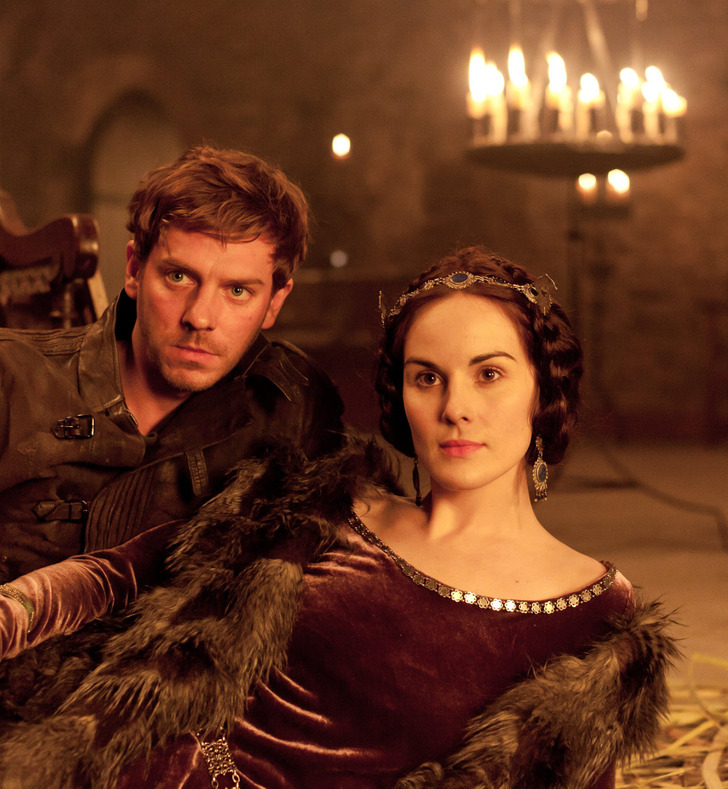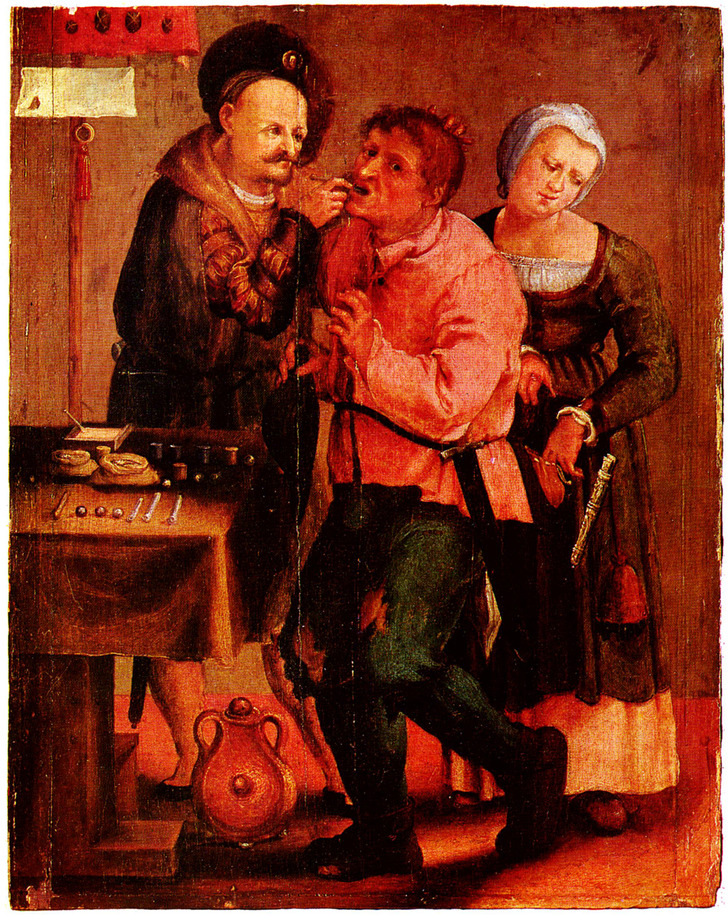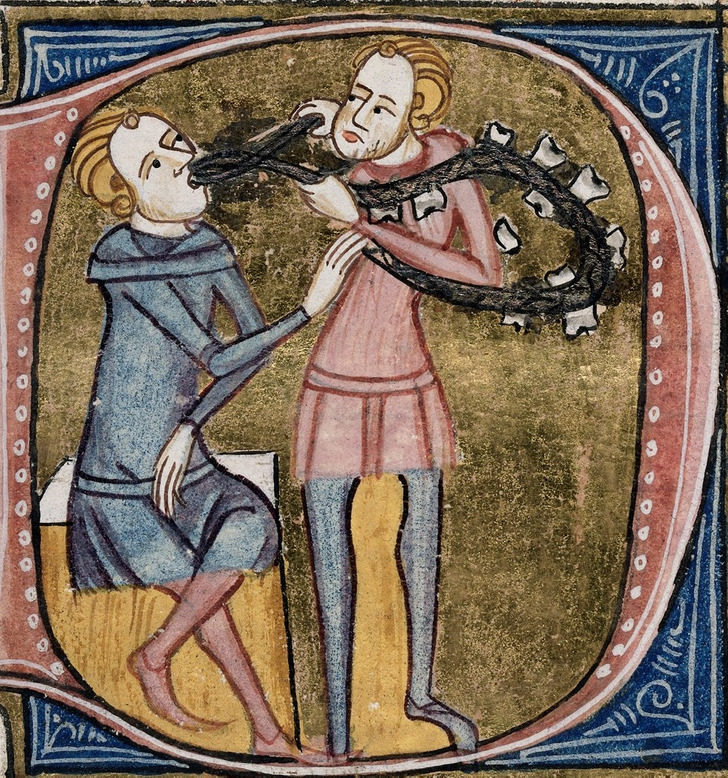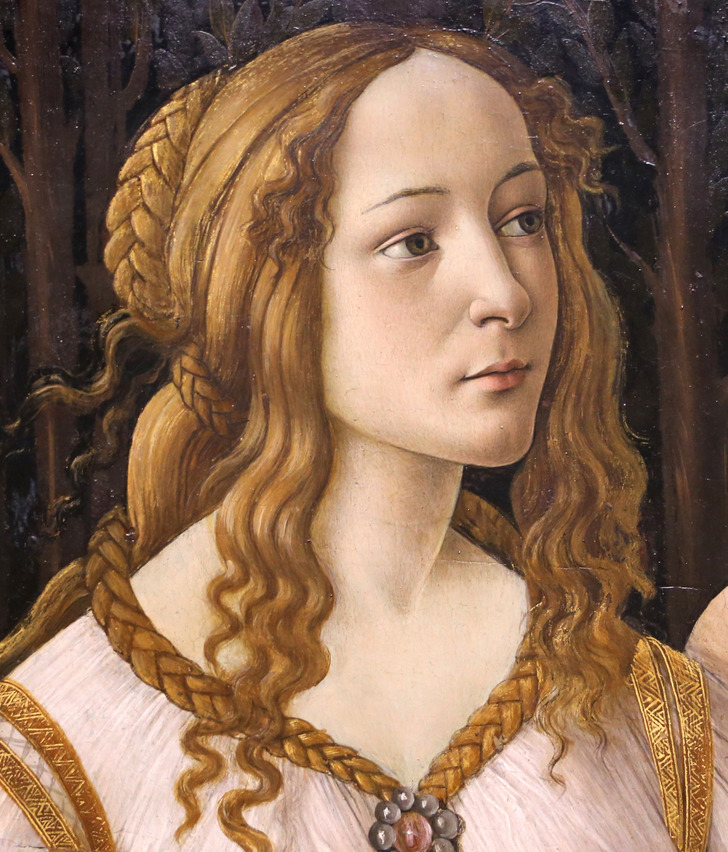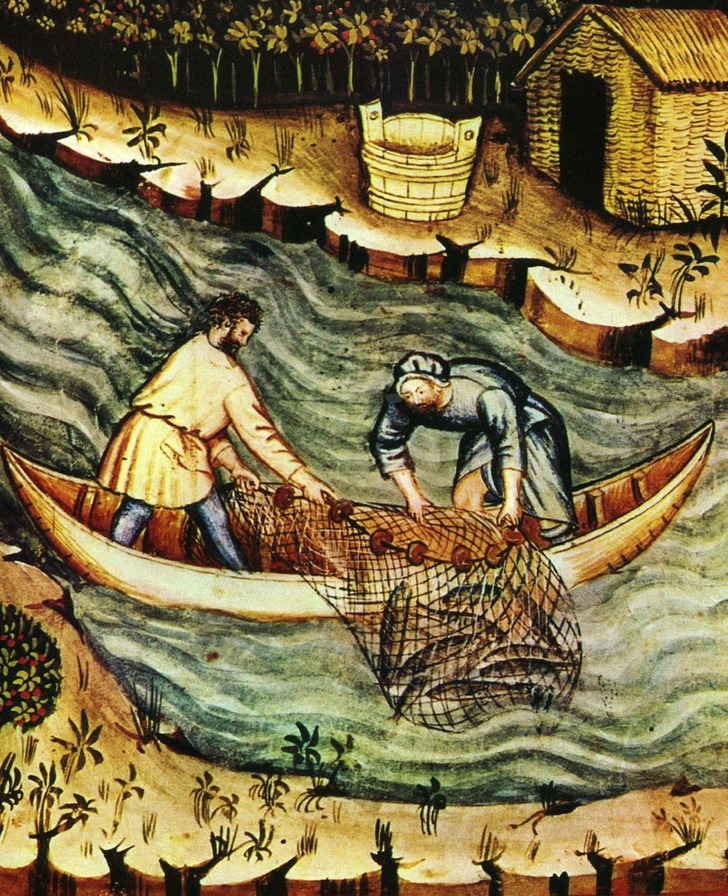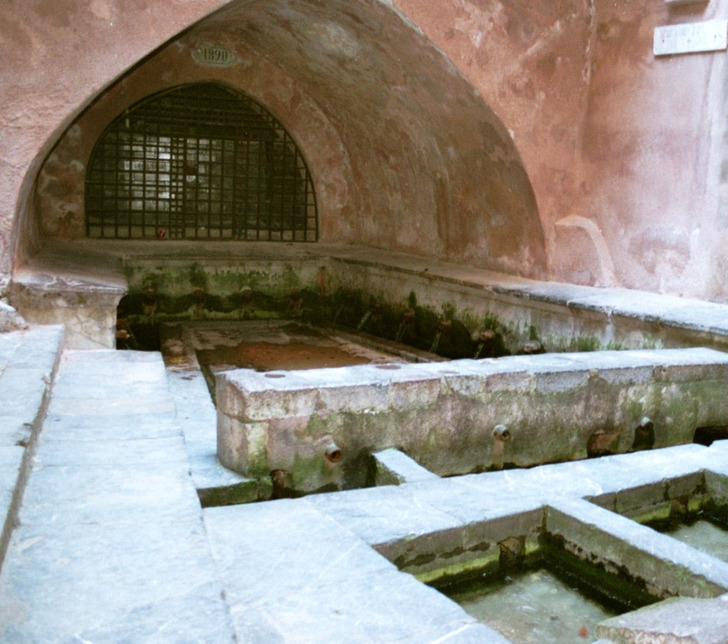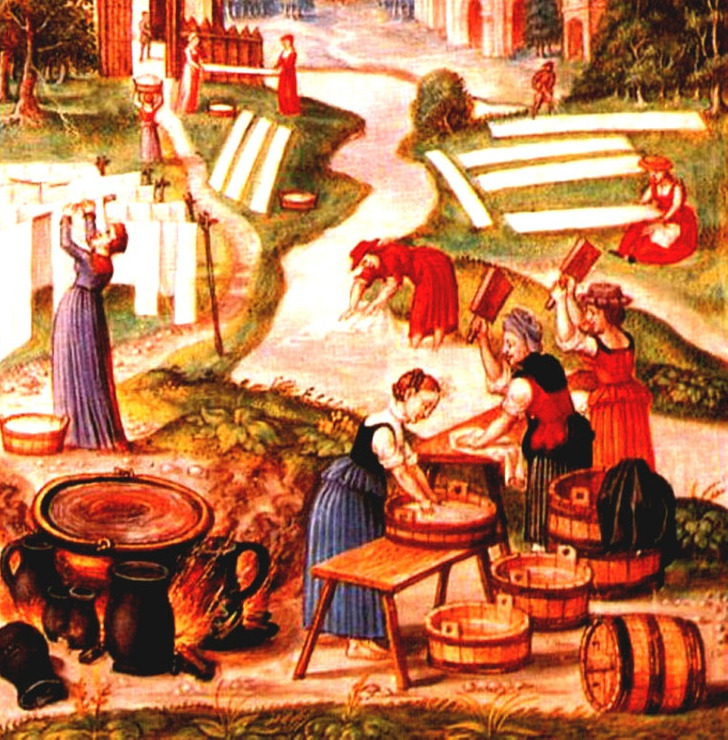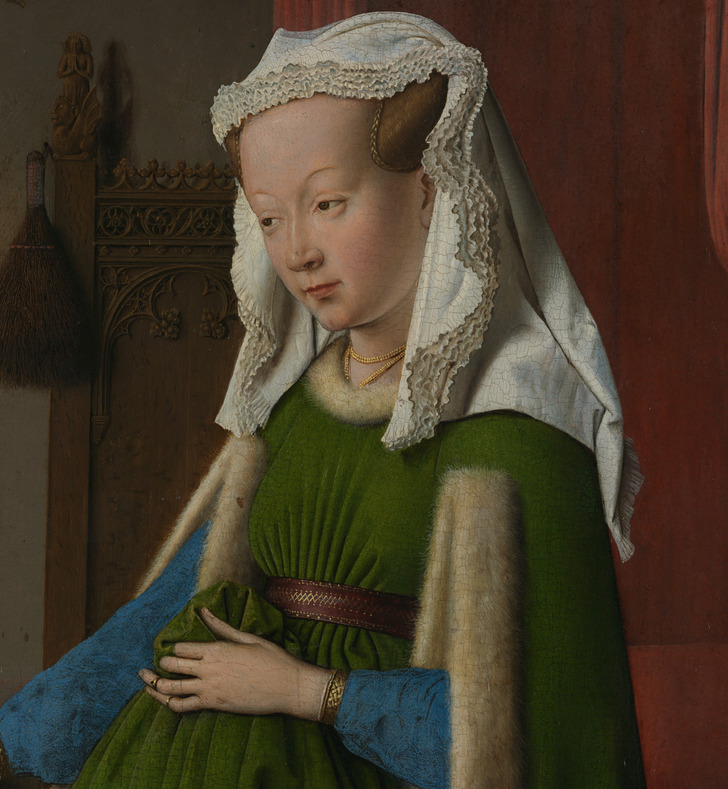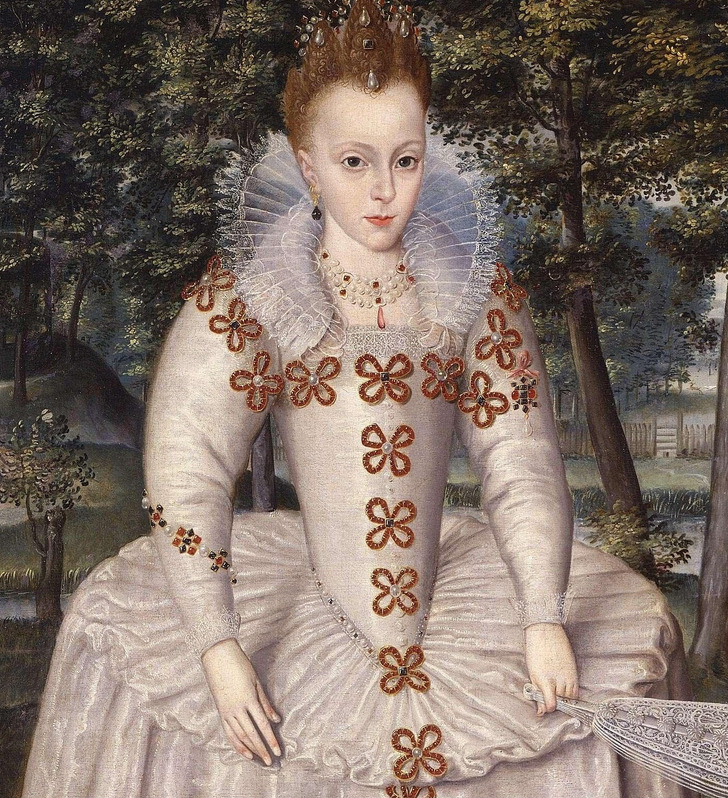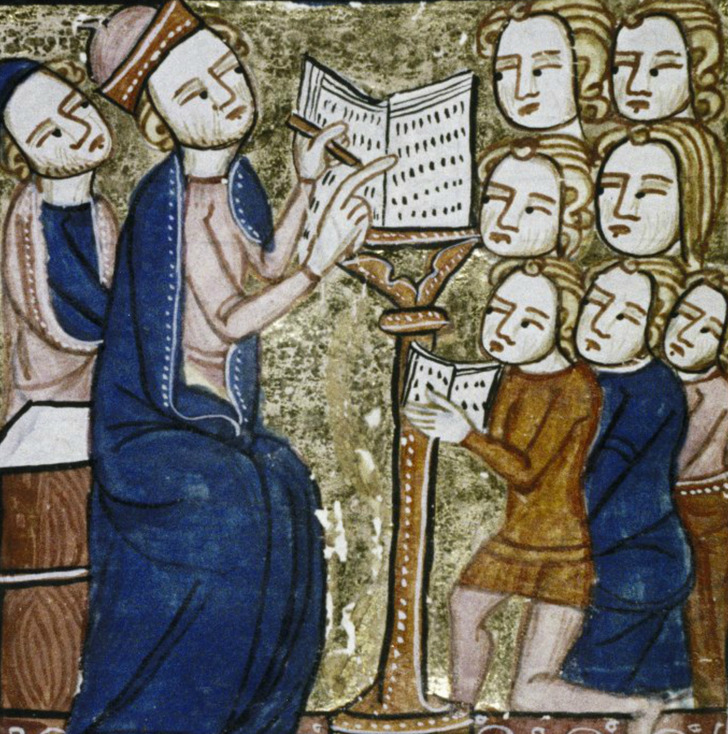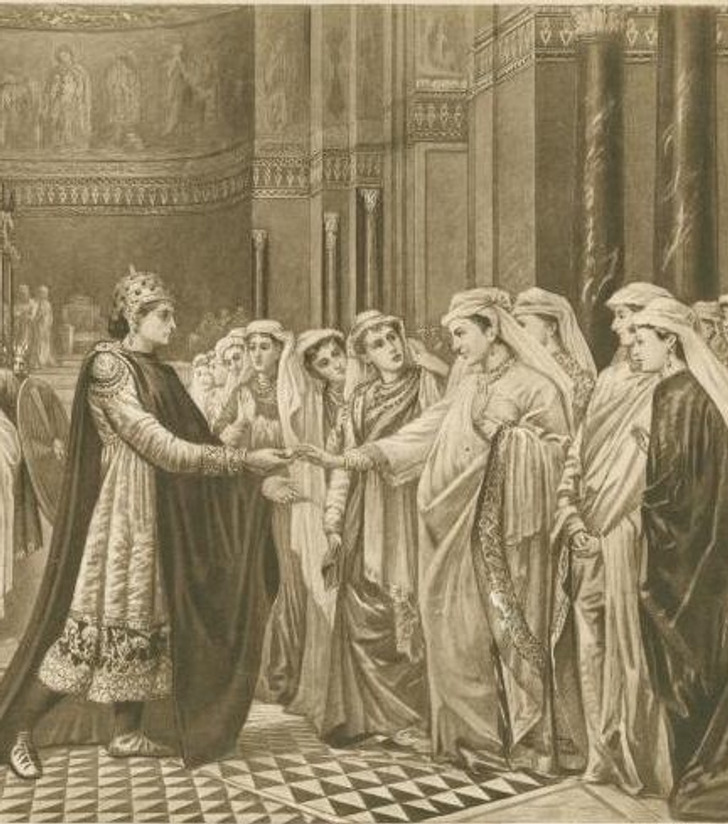12 Facts That Clearly Show What Life Was Really Like in the Middle Ages
The Middle Ages are often either romanticized in movies and books or pictured in very dark ways. But during the period that took place from the 6th to the 16th century, people’s life wasn’t as hard as it seems now. And some things, like University rules, even make us jealous.
We at CHEERY decided to learn more about the traditions people had at that time. And some things sound completely unbelievable. And in the bonus section, you will find out about an unusual way of choosing wives that might have existed in Byzantium.
Women resolved disputes with men in duels.
Before family psychologists and courts appeared, spouses resolved their conflicts in special marital duels. This tradition first appeared in Medieval Germany. If some serious disagreements appeared between spouses, they could resolve them in a fight. First, they were given a few months to settle.
To make the fight honest, one of the man’s arms was tied to his body and the man was put into a hole. And the woman could move around the husband freely. The losing side was found guilty.
Weddings could be organized at home or even on the road.
Before the 12th century, lovers could say their marital vows anywhere. They could choose any place for a wedding, be it a room, the street, or a guesthouse. Priests were not needed, but in order to avoid confusion, they invited witnesses.
During the ceremony, the newlyweds exchanged gifts, known as a “wed”. Usually, they used rings.
Peasants had to ask for a lord’s permission before getting married. Besides, if a person they wanted to marry lived outside the lands of the lord, peasants had to pay a certain fine for the right to get married.
Irish women could change husbands like gloves.
Unlike other European countries, divorce in Medieval Ireland was a common thing. Men and women considered marriage a way of getting power or wealth, which is why old marriages were often stopped to make new ones. In order to get divorced, you just needed to announce it on February 1st.
There were cases when Irish women got married to 4 or 5 men, increasing their wealth. And in divorce proceedings, women could require a return of the dowry and a part of the property acquired together.
Selling bread was a dangerous business, and football was banned.
In Medieval England, the competition between bakeries was so big that at some point, the authorities had to introduce very strict rules. There was a law that stipulated that fluctuations in the price of wheat would determine not the price of the loaf, but its weight.
Fines and lawsuits were very common, so bakery owners added extra bread to each loaf just in case. And when someone bought a dozen loaves, they would, in fact, get 13, so that’s where the expression “a baker’s dozen” comes from.
Playing football was a popular kind of entertainment, but the rules were a little different and the players often got injured.
Moreover, the authorities insisted that people should do something more useful on their weekends, like practicing archery. This is why football was banned for several centuries and those who violated the rules would be severely punished.
At night, people often did things around the house and visited others.
Night rest usually had 2 stages. People went to bed at sundown and woke up at around 11 pm. It was a natural process — nobody woke anyone up on purpose. After waking up, people did the usual stuff — added wood to the fire, cooked, wove wool, prayed.
Some people even visited their neighbors. Other people stayed in bed, talked to others, or just thought about things. They were awake for an hour or 2, and then they went to sleep again and slept until sunrise.
They slept strictly according to etiquette.
A medieval bed could be a very crowded place. In poor homes, everyone slept in the same place. And sometimes, they would share beds with complete strangers. Hotels weren’t very common back then, and many travelers spent the night at the homes of people they didn’t know.
This is why there were very strict rules about not only the behavior in bed but also the order of where people slept. Daughters slept near the wall, parents were in the middle, and sons were on the other side. And strangers slept on the very edge. Moving around and talking in bed was considered rude.
Barbers could trim your hair and treat your teeth.
Doctors who finished special educational institutions usually treated only noble and rich clients. And common folks would have to visit barbers. This is why, aside from shaving and cutting hair, barbers were tasked with everything from bloodletting, and leeching to pulling teeth.
Women’s attractiveness was determined not only by their beauty but also by the smell of their hair.
In the Middle Ages, noble women spent a lot of time taking care of themselves. To make their skin white and hair golden, they used eggs, vinegar, celandine, and other natural ingredients. They even removed extra hair from their faces.
And the smell of hair was extremely important. To make their hair smell nice, they used cloves and musk, nutmeg, and other sweet-smelling substances. They had to do it carefully so that nobody would see any of these things in their hair. They also soaked their veils in spices.
Eels were a more popular currency than coins.
In Medieval England, eels were a very popular delicacy. There were a lot of them in local ponds and lakes, and the church permitted eating them during the Lenten Fast. So people ate more eels than any other fish altogether. Landlords would take in-kind payments of all sorts, including corn, ale, spices, eggs, and above all, eels.
So, in the 11th century, more than 540,000 eels were used as money. The fish was smoked, salted, and dried to preserve it. Many families included eels in their family crests, hoping that they would bring them wealth and prosperity.
The most unbelievable components were used to wash clothes.
In Medieval times, people took their own hygiene and cleanliness of their clothes very seriously. Almost all houses had a tub that was filled with water for washing. Those that didn’t have a tub, went to public bathhouses. They changed their underwear every day.
Women were responsible not only for the cleanliness of the house but also for the extermination of parasites. Women were recommended to use light-colored bed linen to see fleas clearly. And also, they placed a slice of bread covered in glue with a candle in the middle as a trap.
They washed clothes using Soapwort. The leaves were crushed and turned into a fine lather like a liquid soap, which worked well and is extremely gentle on delicate fabrics.
To remove stains, people used different natural components, such as ashes with alkali or juice of unripe grapes. Chicken feathers were also recommended as a cleaning aid. First, they were soaked in hot water, then in cold water, and rubbed on the dirty area.
Farthingales were invented by a Queen when she was in a delicate condition.
At the beginning of the 15th century, it was trendy to be pregnant. Noble women wore high-rise dresses to highlight their pregnancy. The fabric would make creases to make it look like the lady was going into labor at any moment.
Women also put their arms under their breasts, while holding the wide skirts because it was considered polite. They tried to increase the effect by pushing out their abdomens and pulling their shoulders back.
Several decades later, this trend sunk into oblivion. But a real pregnancy pushed Queen Joan of Portugal to invent a new clothing trend. After her husband was away for some time, she somehow got pregnant.
She tried to hide her condition with hoops inserted into the skirts of her dresses. It didn’t save the situation, but she succeeded in starting a new fashion, the farthingale, that would eventually spread throughout Europe.
If a professor skipped a lecture, students could have him fined.
The rules in Medieval universities were very different from those today. Bologna, an Italian town, is a good example of some curious rules. There, students elected their own rector that was supposed to fight for their interests.
Besides, they created their own set of rules. A professor couldn’t go on vacation without the students’ permission and a money deposit that would guarantee his return. If a professor was late for a lesson or skipped it, students could fine him. So, students in Bologna had a lot of power.
Bonus: There may have been beauty contests and the main prize was marriage.
Some Medieval sources claim that Byzantine emperors sometimes got married not based on dynasties, but by simply choosing the most attractive bride from the surrounding areas.
Girls were invited to the palace for a beauty contest. There, the monarch would select a future wife by evaluating the beauty of the participants. But scientists are still not sure whether these shows were true or if they are just interesting stories.
In your opinion, what Medieval traditions should be revived?
